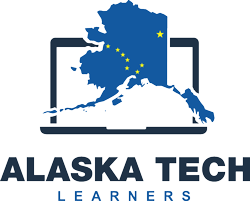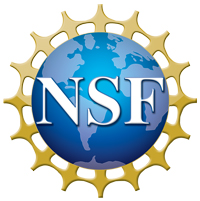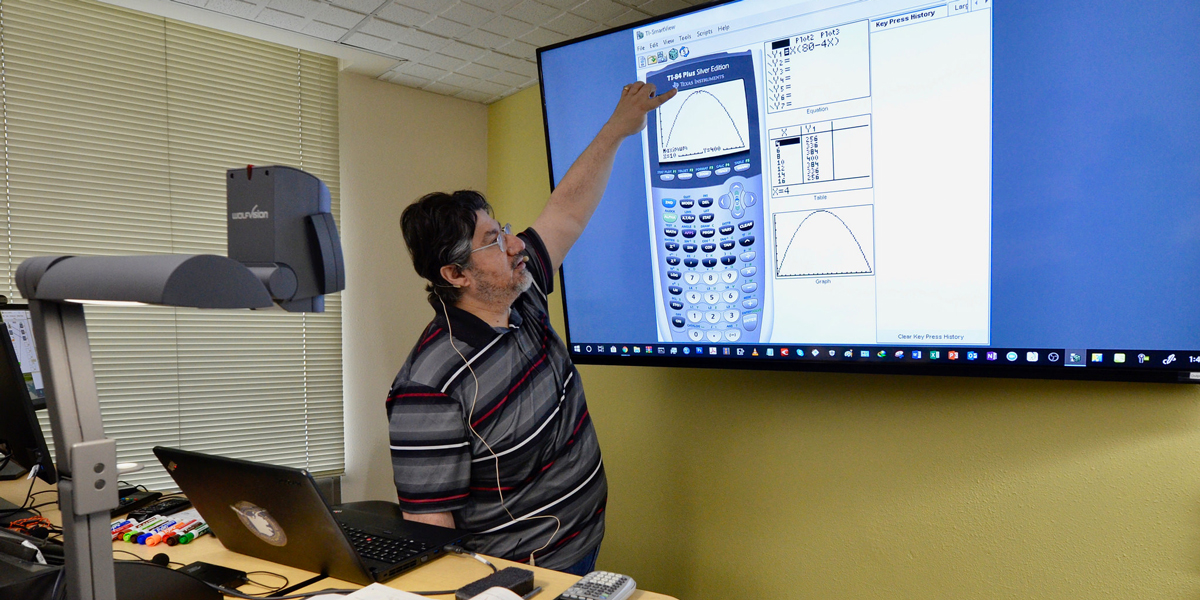Alaska Tech Learners for Teachers
Alaska Tech Learners for Teachers
As a high school teacher, you play a key role in the Alaska Tech Learners project by providing local instruction to your students. In cooperation with your school’s guidance counselor and principal, you will select and teach your students using the ATL curriculum for dual enrollment credit.
Your role as a teacher is to help your local students succeed in the curriculum. You can teach as few or as many courses in the project that you want. We want all teachers to be prepared to teach the content before they start teaching a course. This preparation can be based in prior education or experience, or you can take the Alaska Tech Learner courses as a student during the school year or at summer camps. All tuition, books, fees, and materials are paid for by an grant from the National Science Foundation (NSF).
The course materials are provided for you. Your main job is to facilitate the instruction to your students. In your classroom, you are the teacher in charge. You are given latitude to organize your classroom as you see fit. However, the student learning outcomes of the instruction cannot be modified, nor can you modify the weekly order of the instruction.
You should assess your students work for the purpose of providing a high school grade, but you are not involved in determining the university grade of the student. That is the job of the supporting PWSC faculty member. The faculty member will grade your student’s work and communicate that grade directly to the student, along with how the grade was determined, and how that student can improve their work. It is assumed that the university grade may be lower than the high school grade.


QUESTIONS?
For any questions regarding the Alaska Tech Learners program contact:
Steve Johnson: 907-834-1633 or swjohnson@alaska.edu










